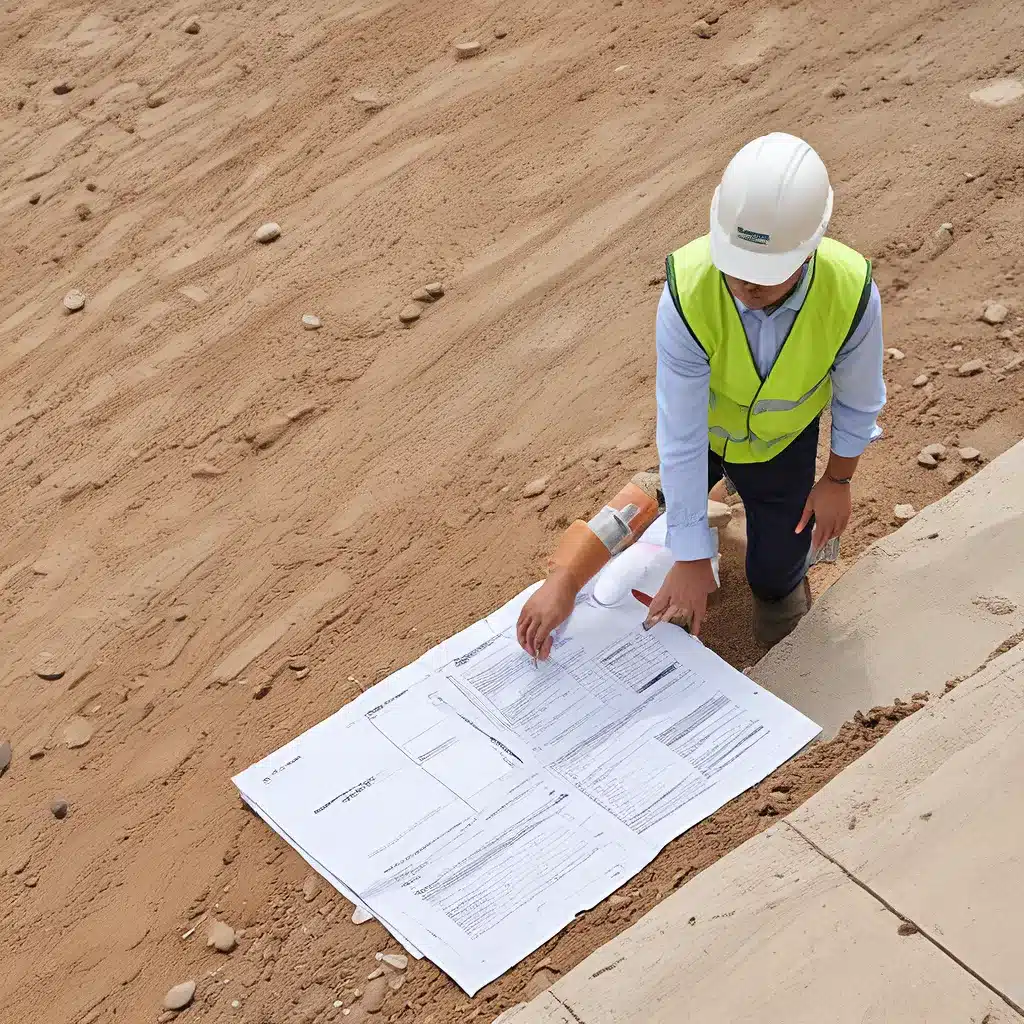When it comes to designing and renovating a bathroom, choosing the right flooring is one of the most important decisions you’ll make. Not only does it need to be functional and practical, but it also needs to be aesthetically pleasing and complement the overall design of the room. In this article, we’ll explore the top most popular bathroom flooring options and their pros and cons.

Ceramic and Porcelain Tiles
Ceramic and porcelain tiles are popular choices for bathroom flooring due to their durability, water-resistance, and versatility. They come in a wide range of styles, colors, and sizes, allowing you to create a unique and customized look for your bathroom. Additionally, they’re easy to clean and maintain, making them a practical choice for busy households.
However, ceramic and porcelain tiles can be cold underfoot, which can be uncomfortable during colder months. They’re also prone to cracking and chipping if heavy objects are dropped on them, which can be costly to repair.
Vinyl Flooring
Vinyl flooring is another popular option for bathroom flooring due to its affordability and water-resistance. It’s also available in a range of styles, including wood and stone effect, making it a versatile choice for those who want the look of natural materials without the cost.
Vinyl flooring is easy to clean and maintain, and it’s also softer underfoot than ceramic and porcelain tiles, making it a more comfortable option. However, it can be prone to scratches and scuffs, which can be unsightly and difficult to repair.
Natural Stone
Natural stone, such as marble, granite, and limestone, is a luxurious and elegant choice for bathroom flooring. It’s durable, water-resistant, and comes in a range of natural colors and patterns, making it a unique and stylish option.
However, natural stone is expensive and requires regular maintenance to keep it looking its best. It can also be slippery when wet, so it’s not the best choice for households with young children or elderly individuals.
Engineered Wood
If you want the look of wood flooring in your bathroom but are worried about water damage, engineered wood is a great alternative. It’s made from layers of real wood veneer and plywood, which makes it more water-resistant than solid wood.
Engineered wood is available in a range of styles and colors, and it’s easy to install and maintain. However, it can be prone to scratching and denting, and it’s not as durable as ceramic and porcelain tiles.
Concrete
Concrete is a trendy and modern choice for bathroom flooring. It’s durable, water-resistant, and comes in a range of finishes, including polished, stained, and stamped.
Concrete is easy to clean and maintain, and it’s also a great choice for households with underfloor heating. However, it can be cold underfoot, and it’s not the most comfortable option for those who prefer a softer surface.
Rubber
Rubber flooring is a popular choice for commercial bathrooms due to its durability and slip-resistance. It’s also available in a range of colors and patterns, making it a fun and playful option for those who want to add a pop of color to their bathroom.
Rubber flooring is easy to clean and maintain, and it’s also softer underfoot than ceramic and porcelain tiles. However, it can be prone to staining, and it’s not the most elegant option for those who want a luxurious bathroom.
Conclusion
Choosing the right flooring for your bathroom is an important decision that requires careful consideration. Ceramic and porcelain tiles, vinyl, natural stone, engineered wood, concrete, and rubber are all popular choices that offer a range of benefits and drawbacks.
When selecting your bathroom flooring, consider your budget, style preferences, and practical requirements. With the right flooring, you can create a beautiful and functional bathroom that will stand the test of time.
Related posts:
No related posts.




